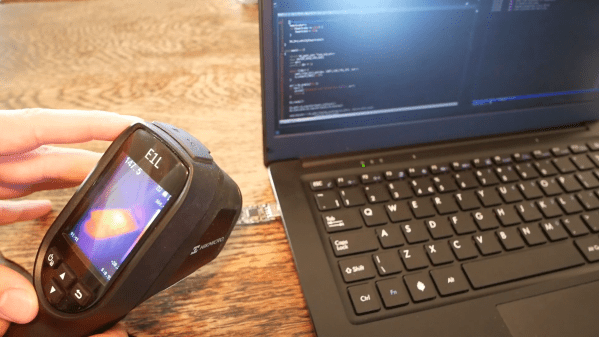Just three years after the iconic magazine abandoned its print version and went all-digital, Popular Science is now halting its subscription service entirely. The brand itself will live on — their site will still run tech stories and news articles, and they have two podcasts that will keep getting new episodes — but no more quarterly releases. While you can’t complain too much about a 151 year run, it’s still sad to see what was once such an influential publication slowly become just another cog in the content mill.
Started as a monthly magazine all the way back in 1872, Popular Science offered a hopeful vision of what was over the horizon. It didn’t present a fanciful version of what the next 100 years would look like, but rather, tried to read the tea leaves of cutting edge technology to offer a glimpse of what the next decade or so might hold. Flip through a few issues from the 1950s and 60s, and you won’t see pulpy stories about humanity conquering the stars or building a time machine. Instead the editors got readers ready for a day when they’d drive cars with warbird-derived turbochargers, and enjoy more powerful tools once transistor technology allowed for widespread use of small brushless motors. It wasn’t just armchair engineering either, issues would often include articles written by the engineers and researchers that were on the front lines. Continue reading “End Of An Era: Popular Science Shutters Magazine”

















